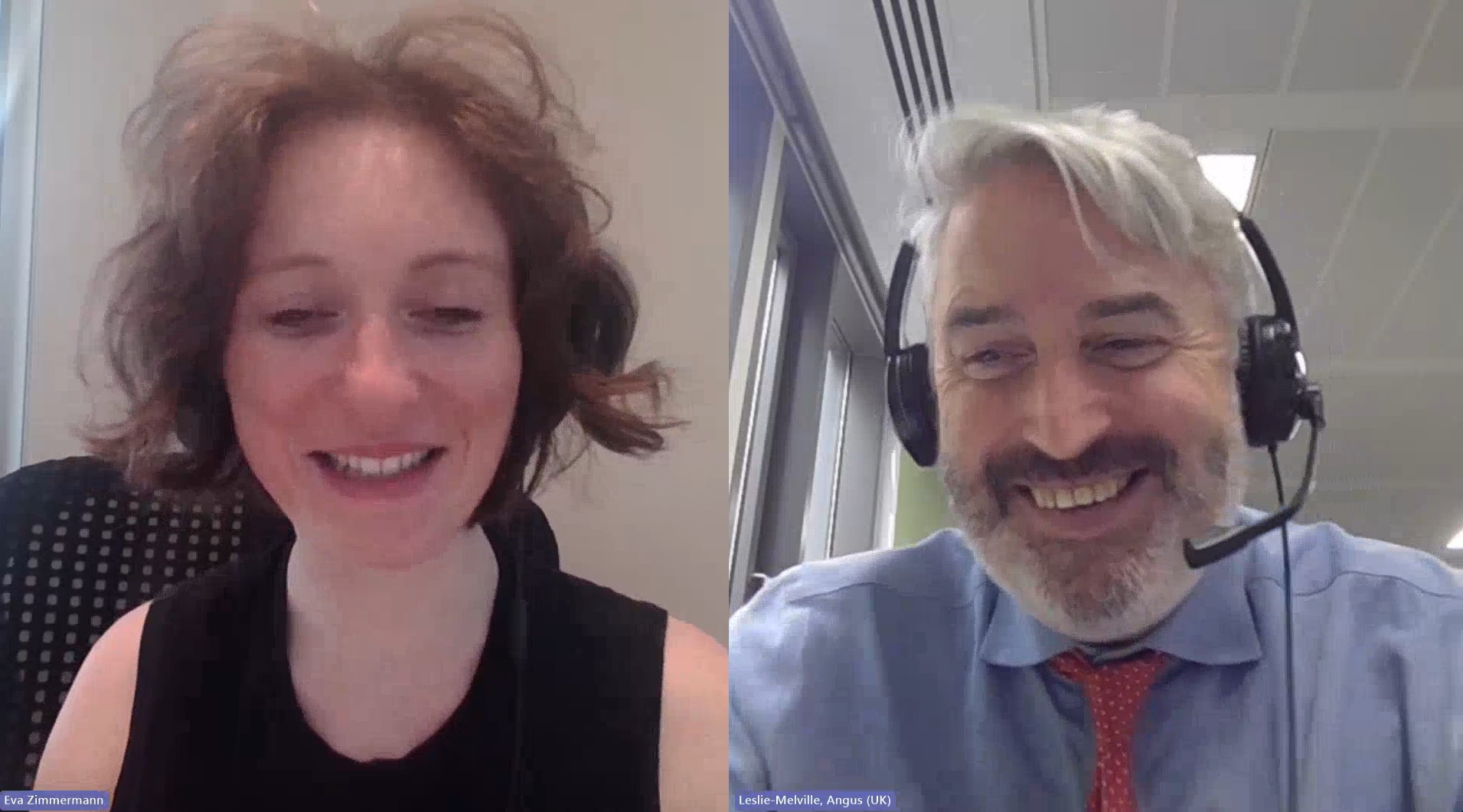Infra Dig – Battery Energy Storage
This week’s Infra Dig podcast lifts the lid on battery energy storage, with informed commentary on how it works and how it integrates within the European electricity grids.
IJGlobal content director Angus Leslie Melville talks to Berlin-based Aurora Energy Research associate Eva Zimmermann has a primary focus on pan European flexibility markets and battery energy storage systems (BESS).
In an interesting discussion that runs for around 27 minutes, Eva takes the listener through the complexities of an infrastructure asset class that so many people are comfortable with… but likely lack granular understanding of.
You can access this latest episode on Apple Podcasts and through Amazon Podcasts. It is also hosted across a slew of other platforms and is open access on all of them.

Aurora is an energy market modelling company and Eva is involved in the forecasting of pricing for power markets, advising investors on investments and – essentially – identifying the right times to sell electricity.
“When you think about energy transition, there are 3 key elements for decarbonisation,” says Eva. “First is that we deploy more renewables, second is that we phase out thermal power plants, and the third is that we electrify many other sectors – transport and heating, for example – to decarbonise them.
“All of these 3 factors increase the need for batteries. The first one is pretty easy because we have so much renewables and we have more intermittent power which means we cannot switch on and off a gas-fired power plant or a coal power plant as we need it, but we actually get the power as the sun is shining or the wind is blowing. To bridge this gap, we need battery storage. This is the concept that most people get… and it ties in nicely to the second pilar, thermal phase-out, where we don’t have thermal power plants to bridge this divide, and so we need batteries.
“But there is also another aspect to it. This is not just bridging the gap between a windy and a sunny moment and a time when the wind is not blowing and the sun is not shining, we also need battery storage to keep our grids stable because with increased renewables we have way more deviations of power going into the grid, it is way more intermittent."
For an interesting discussion on battery energy storage and to learn a lot more about the sector than you previously knew, tune into this latest Infra Dig podcast...
Request a Demo
Interested in IJGlobal? Request a demo to discuss a trial with a member of our team. Talk to the team to explore the value of our asset and transaction databases, our market-leading news, league tables and much more.


